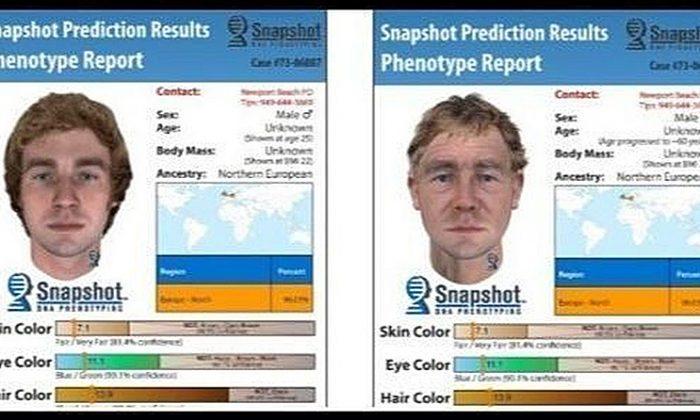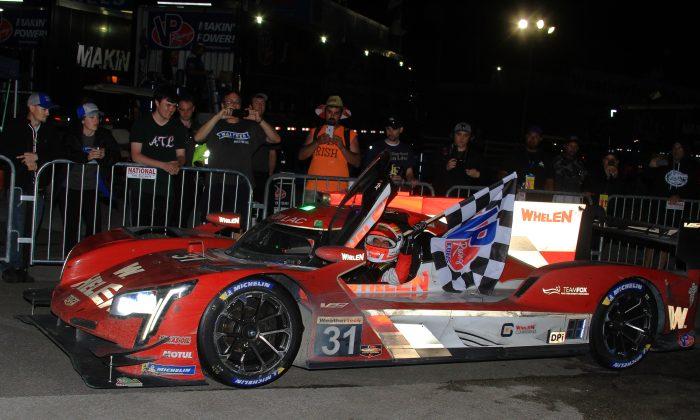Police in Newport Beach, California, have released sketches and the DNA profile of the chief suspect in the murder of an 11-year-old girl—which happened 45 years ago.
Eleven-year-old Linda Ann O’Keefe disappeared on July 6, 1973, on her way home from summer school. Her body was found the next day. She had been strangled and dumped in some tall brush.
Police did their best, but all they came up with was a description of a curly-haired man in his 20s or 30s driving a turquoise van. A sketch based on witness accounts was released, but no leads developed.
Fast-forward four decades and the science of DNA has developed considerably. Now a sample that might have, revealed a match 40 years ago can allow scientists to make a reasonably accurate projection of what the donor might have looked like.
Virginia-based Parabon NanoLabs analyzed a DNA sample related to the crime. Based on its results, the lab was able to generate an image of what the donor might have looked like in his mid-20s and what he might look like now, in his late 60s or early 70s.
Newport Beach police are using another recent development to try to advance the case. They have been spreading the computer-generated images—and Linda O’Keefe’s story—on social media.
Not only are they telling Linda’s story—they are telling it from her point of view.
One tweet reads: “The man is looking in the ditch on the east side of Back Bay Drive, searching for frogs in the cattails. Instead, he sees something small and pale. My hand. He sees my hand. He screams, trying to rouse me.”
This narration, of the witness finding Linda’s body, is told in the voice of the murdered girl.
Tested Technology
It may seem like a very slim hope, but it is based in a positive result.Parabon’s computers generated a facial sketch from genetic markers in DNA from the crime scene. LAPD Lt. Paul Beckman described the similarity between the computer sketch and the mugshot of the man eventually identified as the likely perpetrator as “uncanny.”
The suspect is living in Mexico, but when LAPD detectives tested DNA obtained from relatives living in the United States they found a “high likelihood” that the relative is related to whoever killed Sudweeks.
Bringing Justice From the Future to the Past
It seems almost like science fiction—a few strands of DNA can provide a picture of a person who committed a crime decades ago. It is real science—and it helps bring real justice to those who would otherwise never get it.It might also help ease the hearts of the people whose loved one was torn from them.
Linda O’Keefe’s family has had to bear her loss, and also has had to bear the idea that whoever killed Linda got away with it.
Now, that might change.
In one twitter post, a detective stated, “We hope this technology will lead us to Linda’s killer and give closure to Linda’s loved ones.”
Anyone with information about the case is asked to call the Newport Beach Police Department’s cold case tip line at (949) 644-3669.






Friends Read Free